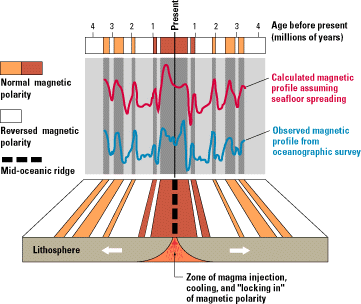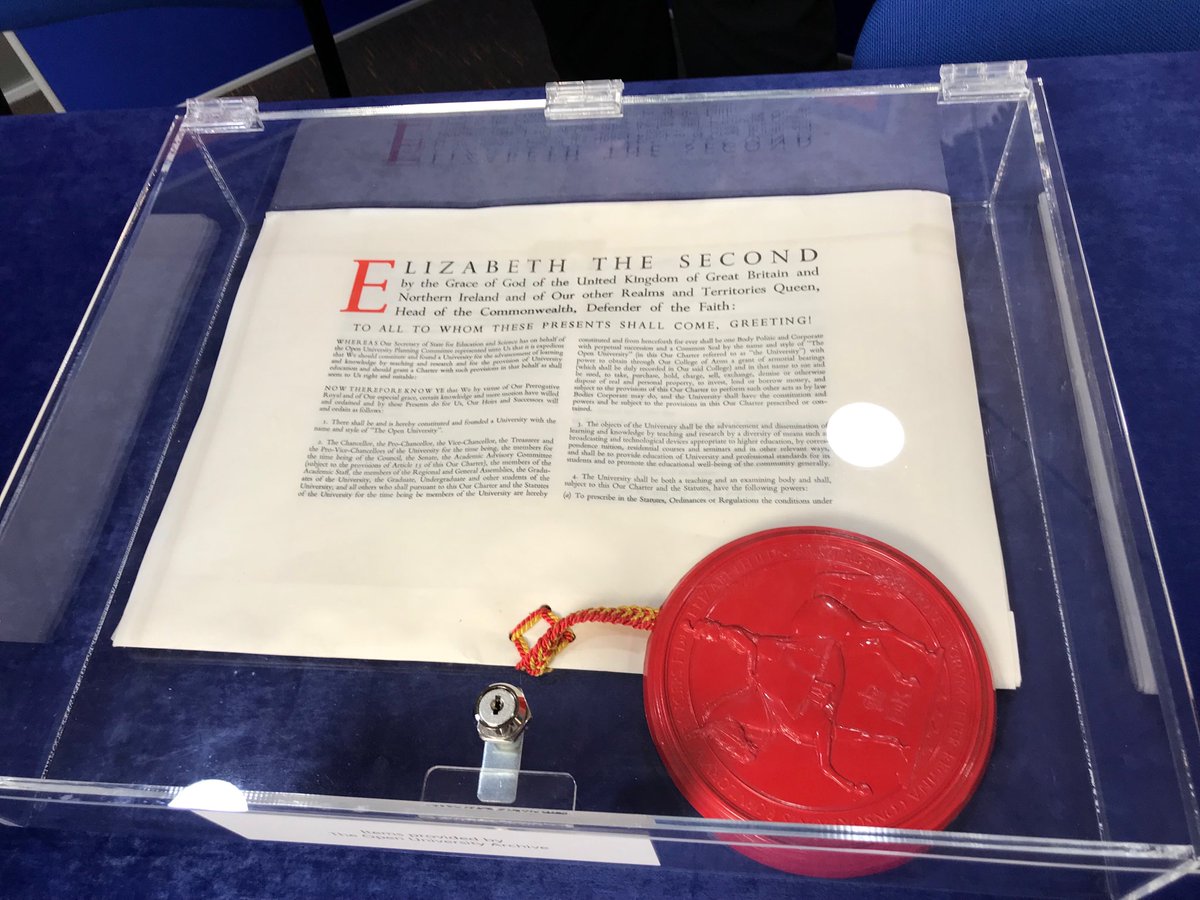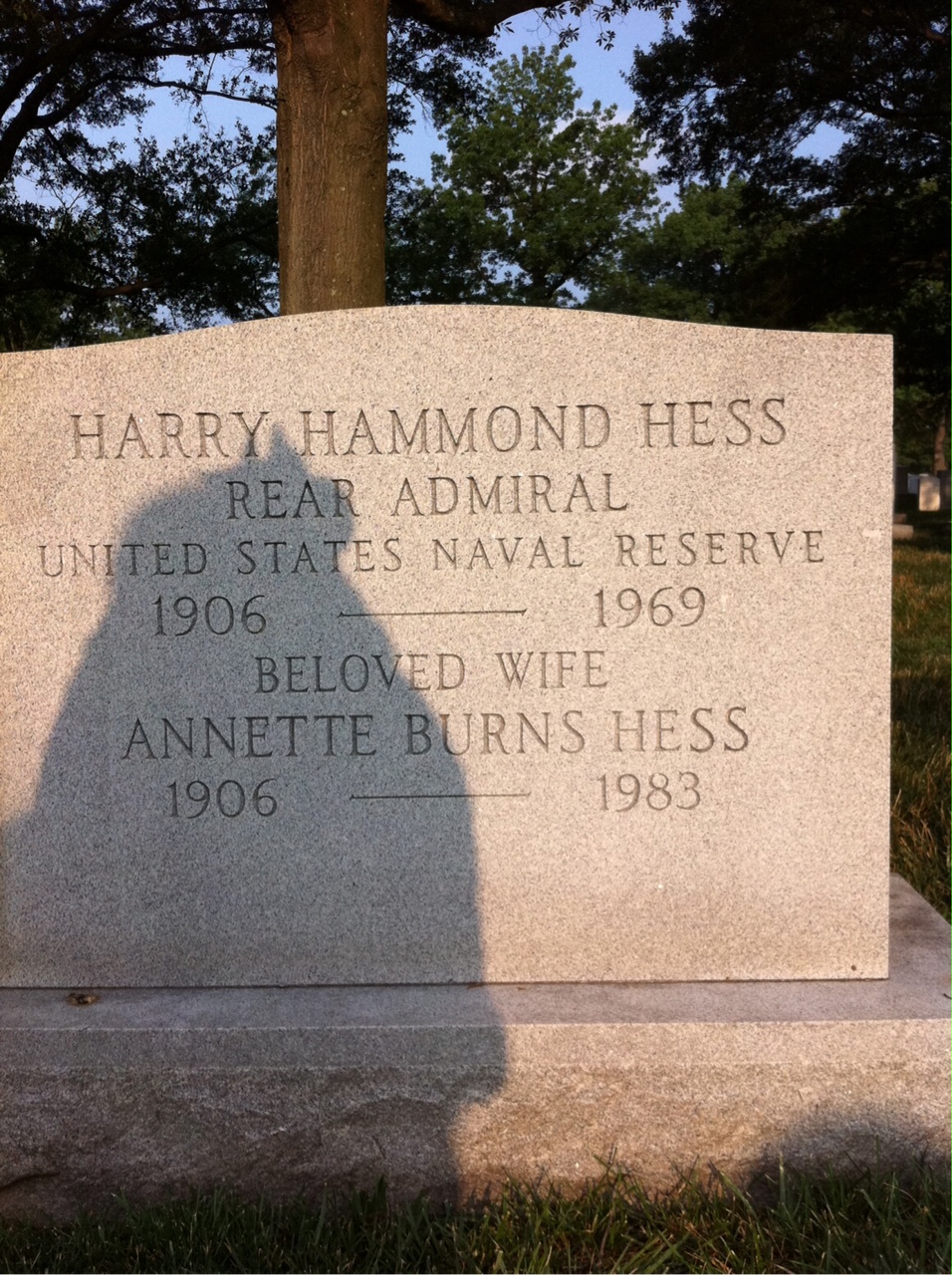|
Fred Vine
Frederick John Vine FRS (born 17 June 1939) is an English marine geologist and geophysicist. He made key contributions to the theory of plate tectonics, helping to show that the seafloor spreads from mid-ocean ridges with a symmetrical pattern of magnetic reversals in the basalt rocks on either side. Early life Vine was born in Chiswick, London, and educated at Latymer Upper School and St John's College, Cambridge where he studied Natural Sciences (BA, 1962) and marine geophysics (PhD, 1965). He married Susan 'Sue' Vine (née McCall), who worked as a research assistant for Drummond Matthews in the Department of Geodesy and Geophysics, University of Cambridge, contributing to the development of the sea-floor spreading hypothesis associated with Matthews and her husband. Plate Tectonics Vine's PhD thesis was on 'Magnetism in the Seafloor' and supervised by Drummond Matthews. Having met Harry Hess he was aware of sea floor spreading, where the ocean bed acts as a 'conveyor belt ... [...More Info...] [...Related Items...] OR: [Wikipedia] [Google] [Baidu] |
Drummond Matthews
Drummond Hoyle Matthews FRS (5 February 1931 – 20 July 1997), known as "Drum", was a British marine geologist and geophysicist and a key contributor to the theory of plate tectonics. His work, along with that of fellow Briton Fred Vine and Canadian Lawrence Morley, showed how variations in the magnetic properties of rocks forming the ocean floor could be consistent with, and ultimately help confirm, Harry Hammond Hess's 1962 theory of seafloor spreading. In 1989 he was awarded the Geological Society of London's highest honour, the Wollaston Medal. Early life During World War II he went to school at The Downs in Malvern, and then Bryanston School in Dorset. He became head boy at both. Career Alfred Wegener's theory of continental drift had never gained much scientific support due to its lack of any satisfactory mechanism to drive the process. During the 1950s, however, extensive surveys of the ocean floor revealed a global, linked system of mid-ocean ridges, all of which ... [...More Info...] [...Related Items...] OR: [Wikipedia] [Google] [Baidu] |
Marine Geologist
Marine geology or geological oceanography is the study of the history and structure of the ocean floor. It involves geophysical, geochemistry, geochemical, sedimentology, sedimentological and paleontological investigations of the ocean floor and coastal zone. Marine geology has strong ties to geophysics and to physical oceanography. Marine geological studies were of extreme importance in providing the critical evidence for sea floor spreading and plate tectonics in the years following World War II. The deep ocean floor is the last essentially unexplored frontier and detailed mapping in support of both military (submarine) objectives and economic (petroleum and metal mining) objectives drives the research. Overview The Pacific Ring of Fire, Ring of Fire around the Pacific Ocean with its attendant intense volcanism and seismic activity poses a major threat for disastrous earthquakes, tsunamis and volcanic eruptions. Any ''early warning'' systems for these disastrous events will ... [...More Info...] [...Related Items...] OR: [Wikipedia] [Google] [Baidu] |
Aubrey Manning
Aubrey William George Manning, OBE, FRSE, FRSB, (24 April 1930 – 20 October 2018)"Professor Aubrey Manning, zoologist and population campaigner who enthralled students as well as television audiences – obituary" '''' 26 October 2018. Retrieved 27 October 2018. was an English and broadcaster. Life Manning, the son of William, who worked for the |
Open University
The Open University (OU) is a British public research university and the largest university in the United Kingdom by number of students. The majority of the OU's undergraduate students are based in the United Kingdom and principally study off-campus; many of its courses (both undergraduate and postgraduate) can also be studied anywhere in the world. There are also a number of full-time postgraduate research students based on the 48-hectare university campus in Milton Keynes, where they use the OU facilities for research, as well as more than 1,000 members of academic and research staff and over 2,500 administrative, operational and support staff. The OU was established in 1969 and was initially based at Alexandra Palace, north London, using the television studios and editing facilities which had been vacated by the BBC. The first students enrolled in January 1971. The university administration is now based at Walton Hall, Milton Keynes, in Buckinghamshire, but has administratio ... [...More Info...] [...Related Items...] OR: [Wikipedia] [Google] [Baidu] |
Harry Hammond Hess
Harry Hammond Hess (May 24, 1906 – August 25, 1969) was an American geologist and a United States Navy officer in World War II who is considered one of the "founding fathers" of the unifying theory of plate tectonics. He is best known for his theories on sea floor spreading, specifically work on relationships between island arcs, seafloor gravity anomalies, and serpentinized peridotite, suggesting that the convection of the Earth's mantle was the driving force behind this process. Early life and education Harry Hammond Hess was born on May 24, 1906, in New York City to Julian S. Hess, a member of the New York Stock Exchange, and Elizabeth Engel Hess. He attended Asbury Park High School in Asbury Park, New Jersey. In 1923, he entered Yale University, where he intended to study electrical engineering but ended up graduating with a Bachelor of Science degree in geology. He spent two years as an exploration geologist in Northern Rhodesia. In 1934 he married Annette Burns. Teach ... [...More Info...] [...Related Items...] OR: [Wikipedia] [Google] [Baidu] |
East Pacific Rise Seafloor Magnetic Profile - Observed Vs Calculated
East or Orient is one of the four cardinal directions or points of the compass. It is the opposite direction from west and is the direction from which the Sun rises on the Earth. Etymology As in other languages, the word is formed from the fact that east is the direction where the Sun rises: ''east'' comes from Middle English ''est'', from Old English ''ēast'', which itself comes from the Proto-Germanic *''aus-to-'' or *''austra-'' "east, toward the sunrise", from Proto-Indo-European *aus- "to shine," or "dawn", cognate with Old High German ''*ōstar'' "to the east", Latin ''aurora'' 'dawn', and Greek ''ēōs'' 'dawn, east'. Examples of the same formation in other languages include Latin oriens 'east, sunrise' from orior 'to rise, to originate', Greek ανατολή anatolé 'east' from ἀνατέλλω 'to rise' and Hebrew מִזְרָח mizraḥ 'east' from זָרַח zaraḥ 'to rise, to shine'. ''Ēostre'', a Germanic goddess of dawn, might have been a personification ... [...More Info...] [...Related Items...] OR: [Wikipedia] [Google] [Baidu] |
Marine Geology
Marine geology or geological oceanography is the study of the history and structure of the ocean floor. It involves geophysical, geochemical, sedimentological and paleontological investigations of the ocean floor and coastal zone. Marine geology has strong ties to geophysics and to physical oceanography. Marine geological studies were of extreme importance in providing the critical evidence for sea floor spreading and plate tectonics in the years following World War II. The deep ocean floor is the last essentially unexplored frontier and detailed mapping in support of both military (submarine) objectives and economic (petroleum and metal mining) objectives drives the research. Overview The Ring of Fire around the Pacific Ocean with its attendant intense volcanism and seismic activity poses a major threat for disastrous earthquakes, tsunamis and volcanic eruptions. Any ''early warning'' systems for these disastrous events will require a more detailed understanding of marine ge ... [...More Info...] [...Related Items...] OR: [Wikipedia] [Google] [Baidu] |
Natural Sciences
Natural science is one of the branches of science concerned with the description, understanding and prediction of natural phenomena, based on empirical evidence from observation and experimentation. Mechanisms such as peer review and repeatability of findings are used to try to ensure the validity of scientific advances. Natural science can be divided into two main branches: life science and physical science. Life science is alternatively known as biology, and physical science is subdivided into branches: physics, chemistry, earth science, and astronomy. These branches of natural science may be further divided into more specialized branches (also known as fields). As empirical sciences, natural sciences use tools from the formal sciences, such as mathematics and logic, converting information about nature into measurements which can be explained as clear statements of the " laws of nature". Modern natural science succeeded more classical approaches to natural philosophy, ... [...More Info...] [...Related Items...] OR: [Wikipedia] [Google] [Baidu] |
Chiswick
Chiswick ( ) is a district of west London, England. It contains Hogarth's House, the former residence of the 18th-century English artist William Hogarth; Chiswick House, a neo-Palladian villa regarded as one of the finest in England; and Fuller's Brewery, London's largest and oldest brewery. In a meander of the River Thames used for competitive and recreational rowing, with several rowing clubs on the river bank, the finishing post for the Boat Race is just downstream of Chiswick Bridge. Old Chiswick was an St Nicholas Church, Chiswick, ancient parish in the county of Middlesex, with an agrarian and fishing economy beside the river; from the Early Modern period, the wealthy built imposing riverside houses on Chiswick Mall. Having good communications with London, Chiswick became a popular country retreat and part of the suburban growth of London in the late 19th and early 20th centuries. It was made the Municipal Borough of Brentford and Chiswick in 1932 and part of Greater Lon ... [...More Info...] [...Related Items...] OR: [Wikipedia] [Google] [Baidu] |
Basalt
Basalt (; ) is an aphanite, aphanitic (fine-grained) extrusive igneous rock formed from the rapid cooling of low-viscosity lava rich in magnesium and iron (mafic lava) exposed at or very near the planetary surface, surface of a terrestrial planet, rocky planet or natural satellite, moon. More than 90% of all volcanic rock on Earth is basalt. Rapid-cooling, fine-grained basalt is chemically equivalent to slow-cooling, coarse-grained gabbro. The eruption of basalt lava is observed by geologists at about 20 volcanoes per year. Basalt is also an important rock type on other planetary bodies in the Solar System. For example, the bulk of the plains of volcanism on Venus, Venus, which cover ~80% of the surface, are basaltic; the lunar mare, lunar maria are plains of flood-basaltic lava flows; and basalt is a common rock on the surface of Mars. Molten basalt lava has a low viscosity due to its relatively low silica content (between 45% and 52%), resulting in rapidly moving lava flo ... [...More Info...] [...Related Items...] OR: [Wikipedia] [Google] [Baidu] |
Magnetic Reversal
A geomagnetic reversal is a change in a planet's magnetic field such that the positions of magnetic north and magnetic south are interchanged (not to be confused with geographic north and geographic south). The Earth's field has alternated between periods of ''normal'' polarity, in which the predominant direction of the field was the same as the present direction, and ''reverse'' polarity, in which it was the opposite. These periods are called '' chrons''. Reversal occurrences are statistically random. There have been at least 183 reversals over the last 83 million years (on average once every ~450,000 years). The latest, the Brunhes–Matuyama reversal, occurred 780,000 years ago, with widely varying estimates of how quickly it happened. Other sources estimate that the time that it takes for a reversal to complete is on average around 7,000 years for the four most recent reversals. Clement (2004) suggests that this duration is dependent on latitude, with shorter durations at ... [...More Info...] [...Related Items...] OR: [Wikipedia] [Google] [Baidu] |
Mid-ocean Ridge
A mid-ocean ridge (MOR) is a seafloor mountain system formed by plate tectonics. It typically has a depth of about and rises about above the deepest portion of an ocean basin. This feature is where seafloor spreading takes place along a divergent plate boundary. The rate of seafloor spreading determines the morphology of the crest of the mid-ocean ridge and its width in an ocean basin. The production of new seafloor and oceanic lithosphere results from mantle upwelling in response to plate separation. The melt rises as magma at the linear weakness between the separating plates, and emerges as lava, creating new oceanic crust and lithosphere upon cooling. The first discovered mid-ocean ridge was the Mid-Atlantic Ridge, which is a spreading center that bisects the North and South Atlantic basins; hence the origin of the name 'mid-ocean ridge'. Most oceanic spreading centers are not in the middle of their hosting ocean basis but regardless, are traditionally called mid-ocean rid ... [...More Info...] [...Related Items...] OR: [Wikipedia] [Google] [Baidu] |






